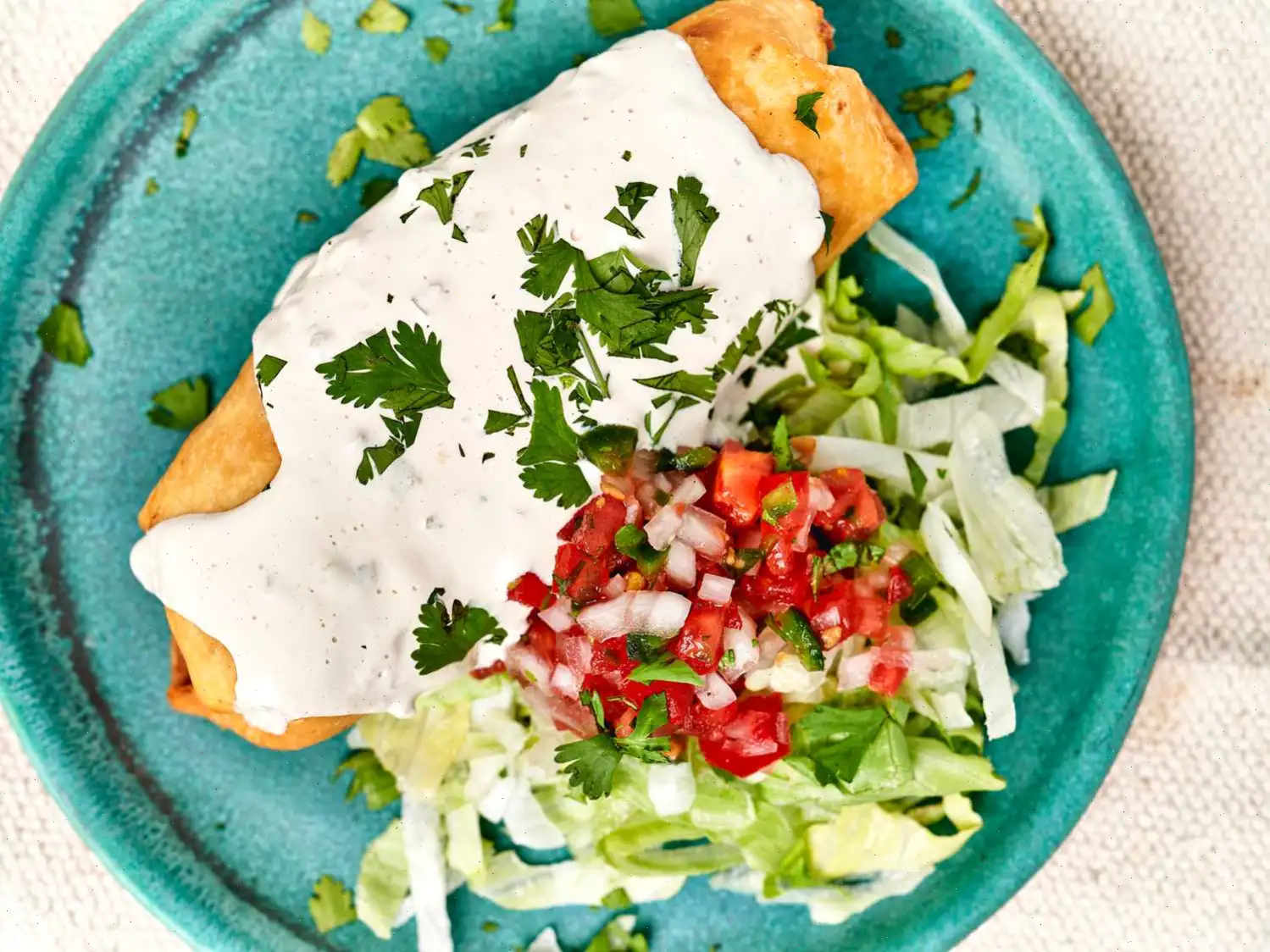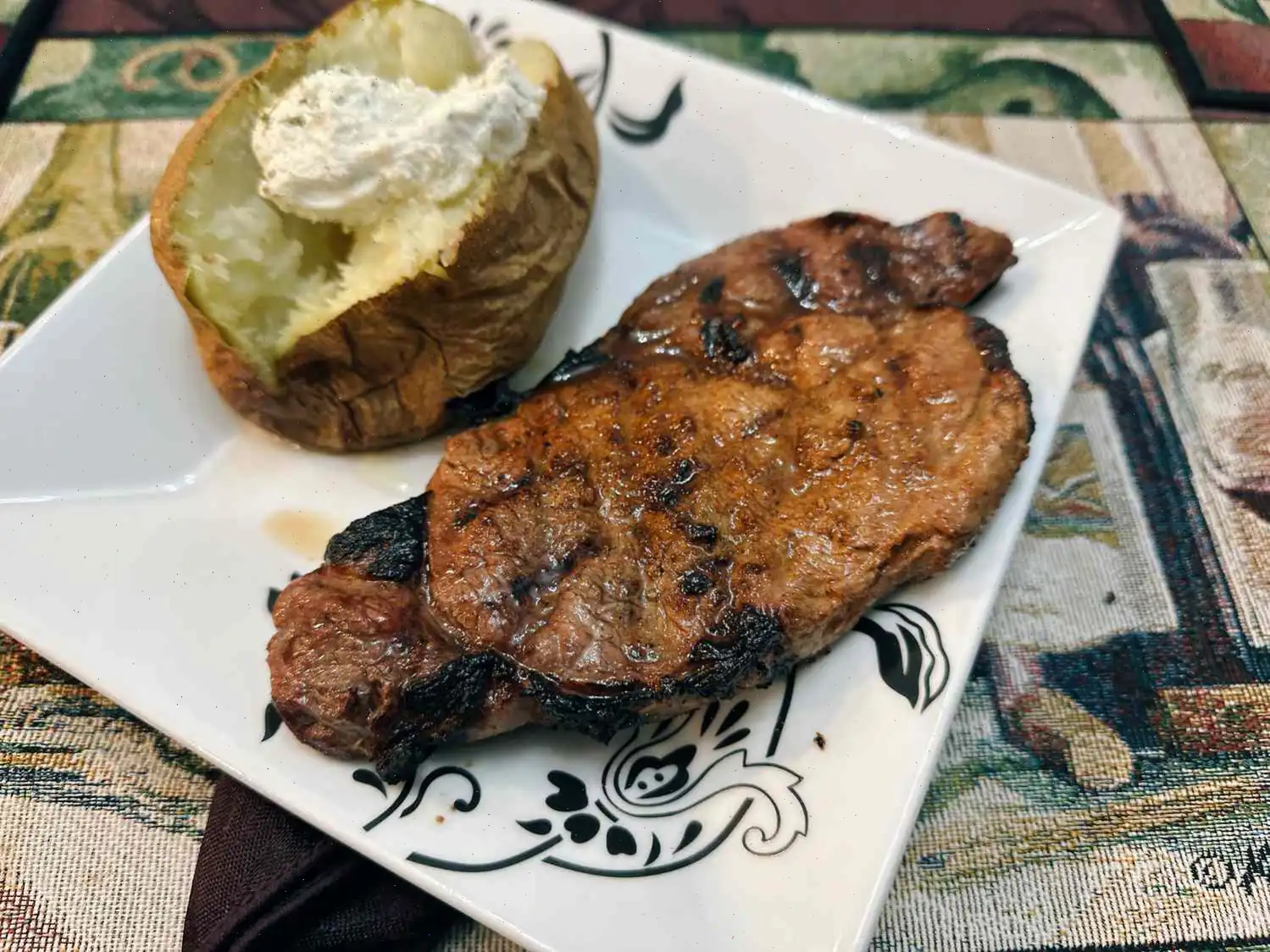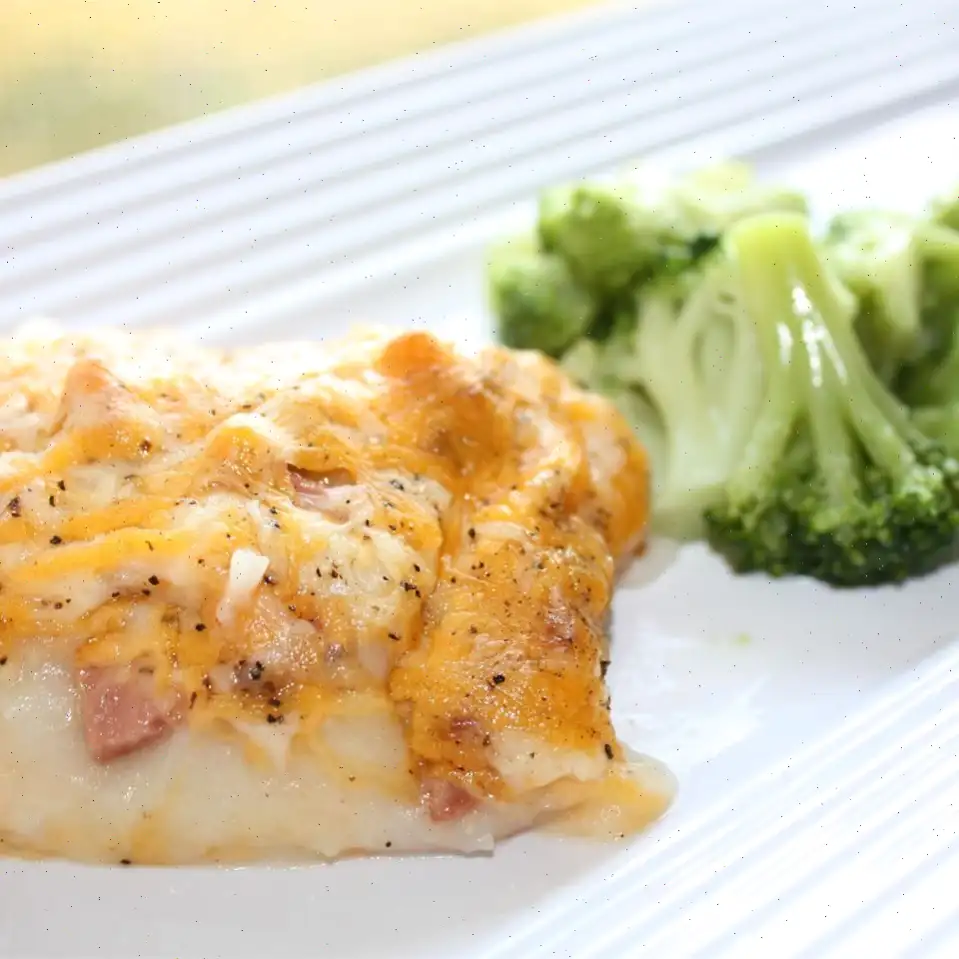
The Best Salmon Cakes Recipe
Ingredients
This recipe was developed at its original yield. Ingredient amounts are automatically adjusted, but cooking times and steps remain unchanged. Note that not all recipes scale perfectly.
Original recipe (1X) yields 6 servings:
- Cooking spray
- 1 tablespoon butter
- 1/3 cup finely chopped red onion
- 1/4 cup finely chopped red bell pepper
- 1/4 cup finely chopped celery
- 3 tablespoons finely chopped parsley
- 1 tablespoon Dijon mustard
- 1/4 cup mayonnaise
- 1 teaspoon Worcestershire sauce
- 1/2 teaspoon seafood seasoning (e.g., Old Bay)
- 1 large egg, beaten
- 2 teaspoons lemon juice
- 1/2 teaspoon kosher salt
- 1/4 teaspoon freshly ground black pepper
- 1 2/3 cups panko breadcrumbs, divided
- 2 cups flaked cooked salmon (about 3/4 pound)
- 3 tablespoons vegetable oil
Directions
- Preheat the oven to 375F (190C). Place a wire rack inside a rimmed baking sheet and spray it with cooking spray.
- In a small skillet, heat the butter over medium-high heat. Add the chopped onion, bell pepper, and celery. Stir frequently and cook for about 4 minutes until softened. Remove from heat and let cool slightly.
- Transfer the cooled vegetable mixture into a bowl. Add the parsley, Dijon mustard, mayonnaise, Worcestershire sauce, seafood seasoning, beaten egg, lemon juice, salt, and pepper. Stir everything together until well combined.
- Stir in 2/3 cup of the panko breadcrumbs, mixing until the mixture is moistened.
- Carefully fold in the flaked salmon, mixing gently until everything is evenly combined.
- Place the remaining panko breadcrumbs into a shallow dish. Form the salmon mixture into 6 balls, then roll each ball in the breadcrumbs, ensuring they are evenly coated. Gently flatten each ball into a patty shape.
- Heat the vegetable oil in a large skillet over medium-high heat. Add half of the patties to the skillet and cook, turning once, until both sides are golden brown, about 3 minutes per side.
- Transfer the cooked patties to the prepared wire rack. Repeat the process with the remaining patties.
- Once all patties are cooked, bake them in the preheated oven for 10 to 15 minutes, or until fully cooked through. The internal temperature should reach 145F (63C) when checked with an instant-read thermometer inserted into the center.
Nutrition Facts (per serving)
- Calories: 438
- Total Fat: 27g (35% Daily Value)
- Saturated Fat: 5g (26% Daily Value)
- Cholesterol: 88mg (29% Daily Value)
- Sodium: 592mg (26% Daily Value)
- Total Carbohydrate: 24g (9% Daily Value)
- Dietary Fiber: 2g (7% Daily Value)
- Total Sugars: 3g
- Protein: 22g (45% Daily Value)
- Vitamin C: 16mg (18% Daily Value)
- Calcium: 85mg (7% Daily Value)
- Iron: 2mg (12% Daily Value)
- Potassium: 437mg (9% Daily Value)
* Percent Daily Values are based on a 2,000 calorie diet. Your daily values may be higher or lower depending on your calorie needs.
The History and Cultural Significance of Salmon Cakes
Salmon cakes, often referred to as salmon patties or croquettes, have a rich history rooted in the coastal regions of North America. Indigenous communities were among the first to prepare meals from locally caught salmon, mixing the fish with simple ingredients like herbs, root vegetables, and grains to create a portable and nutritious dish. Over time, European settlers adapted these early recipes, adding breadcrumbs, eggs, and seasonings to create the crisp, golden patties we know today. By the 19th century, salmon cakes had become a staple in American kitchens, particularly in areas where salmon was abundant, such as the Pacific Northwest and the Northeastern United States.
Regional Variations
Salmon cakes vary considerably depending on the region. In the Pacific Northwest, they often feature fresh Alaskan salmon, combined with dill, scallions, and a light touch of lemon to highlight the fishs natural flavor. In contrast, Northeastern versions might use canned salmon, incorporate onions and bell peppers, and rely on Old Bay seasoning for a signature, slightly spicy taste. Southern recipes sometimes include a dash of hot sauce or cayenne pepper, giving the patties a subtle kick. Coastal regions often serve them with tartar sauce or remoulade, while inland areas may accompany them with a simple squeeze of lemon or a side of vegetables.
Differences from Similar Dishes
Salmon cakes are often compared to crab cakes or tuna patties, but there are distinct differences. Unlike crab cakes, which are typically delicate and lump-heavy, salmon cakes are heartier and mixed thoroughly with binding ingredients like eggs and breadcrumbs. Tuna patties often use canned tuna and have a milder flavor, whereas salmon cakes usually have a richer, more pronounced taste due to the natural oils in salmon. The texture of salmon cakes is also slightly denser and more cohesive, allowing them to hold their shape during frying and baking.
Where Salmon Cakes Are Typically Served
Salmon cakes are versatile and can be found in homes, diners, and fine dining establishments alike. They are commonly served as a main entre alongside salads, roasted vegetables, or potato-based sides. In casual settings, they might be offered in sandwiches or sliders, while upscale restaurants often plate them with sophisticated accompaniments such as citrus aioli or seasonal greens. They are also a popular choice for brunch menus, particularly in coastal towns where fresh seafood is abundant.
Interesting Facts
- Salmon cakes are a great way to use leftover cooked salmon, reducing food waste while creating a flavorful dish.
- The use of panko breadcrumbs, which originated in Japan, helps create the signature crispy crust that differentiates salmon cakes from softer fish patties.
- Salmon cakes are high in protein and omega-3 fatty acids, making them a nutritious alternative to red meat dishes.
- In some regions, salmon cakes are served during festive occasions or family gatherings, symbolizing abundance and a connection to local waters.
- Although variations exist worldwide, the American version remains one of the most iconic, combining simple ingredients with bold seasoning for maximum flavor.
FAQ about The Best Salmon Cakes Recipe
Comments
Jack Sica
08/26/2025 02:15:41 PM
I saw Nicole make this on her video and had to try it. It was easy to put together and had great flavor! Everyone loved it.
Ruth Johnson
01/09/2025 06:00:42 PM
Quick, easy, and DELICIOUS! 🤤
Jose Moore
01/09/2025 04:41:26 PM
Quick, satisfying, and insanely flavorful.








